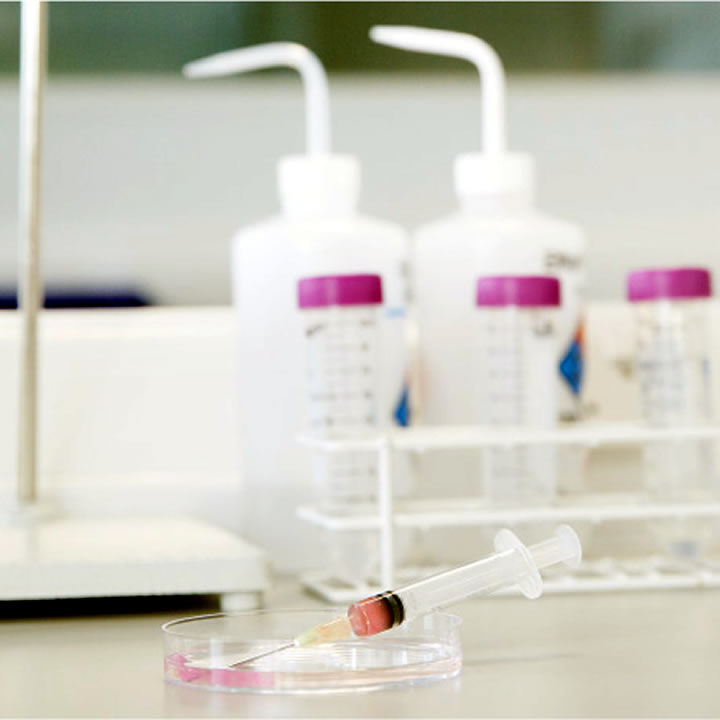Despite considerable advances in the treatment of other many cancers over the past 40 years, pancreatic cancer remains a much-feared malignancy with good reason. Named the “silent killer”, – it is hard to detect and carries a very poor prognosis even when diagnosed.
This is due to the composition and behavior of the tumors that make surgical removal difficult and the cancer cells evasive to treat.
However, it is becoming increasingly clear that a huge factor in life expectancy is linked to both tumor biology and the role of the extracellular matrix and the relationship between the two. It is this breakthrough that is now guiding the leading fields of research.
Manchester Biogel tells us what this could mean for pancreatic cancer treatment.
A Fibrous Barrier
Studies of pancreatic cancer have shown a clear correlation between dense tumor environment and the aggressive nature of the disease. Pancreatic ductal adenocarcinoma (PDAC) is a “solid” tumor encircled by much connective tissue made of up cellular and non-cellular components.
This extracellular matrix acts as a “force field” against the uptake of chemotherapy drugs and creates an acidic microenvironment that is conducive to the growth and spread of cancer cells.
The deadly dance
This matrix also has the unfortunate effect of providing PDAC with its very own “fountain of youth,” and studies are now revealing that it is not just the behavior of cancer cells themselves that is fundamental to tumor development but also the interaction between cancer cells and surrounding stroma.
In this symbiotic dance, pancreatic stellate cells (PaSCs) – instead of playing a protective role in fibrous connective tissue – are triggering the proliferation and spread of cancer cells. In turn, these cancer cells are then further “conditioning” the behavior of the extracellular matrix to act as the perfect host to these cells.
Divide and conquer
Fibrosis has the effect of impeding blood flow and thus the successful delivery of effective chemotherapy treatments to the tumor. Not only that – but this low oxygen and nutrient environment lead cancer cells to adapt their metabolism further to take advantage of the available resources.
Hypotheses have been explored that cancer cells break down the collagen surrounding the primary tumor (to use the proline as an alternative fuel source), and a correlation between glucose deprivation and the ability to “scavenge” has been found.
Studies of complex intracellular processes have given rise to the negative correlation between the median survival of the PDAC-patient and the collagen (hyaluronic acid) rich enrichment of the primary tumor, giving rise to aggressive tumor cells and distal organ spread, including the liver and lungs.
Although the exact mechanics and variability of other factors are still unclear – the study of the extracellular matrix yields significant insights into the behavior of pancreatic cancer with treatment options and prognosis benefitting accordingly.
Recreating the ECM
However, one of the obstacles impeding the study of the exact role of the ECM in pancreatic cancer is the inability to recreate cancer tissues in a scientific setting to study the precise nature of communication between the cells and the surrounding stroma.
This is due to the extracellular matrix displaying very different properties according to the other cellular environments and organs of the body it inhabits. One solution is peptide hydrogels produced by companies such as Manchester Biogel.
Their biological tunability means they can mimic both healthy and cancerous tissues, enabling different testing modalities to be simultaneously created. These biogels ensure study into the ECM continues to push the boundaries of mechanobiology and the successful treatment of pancreatic cancer.

